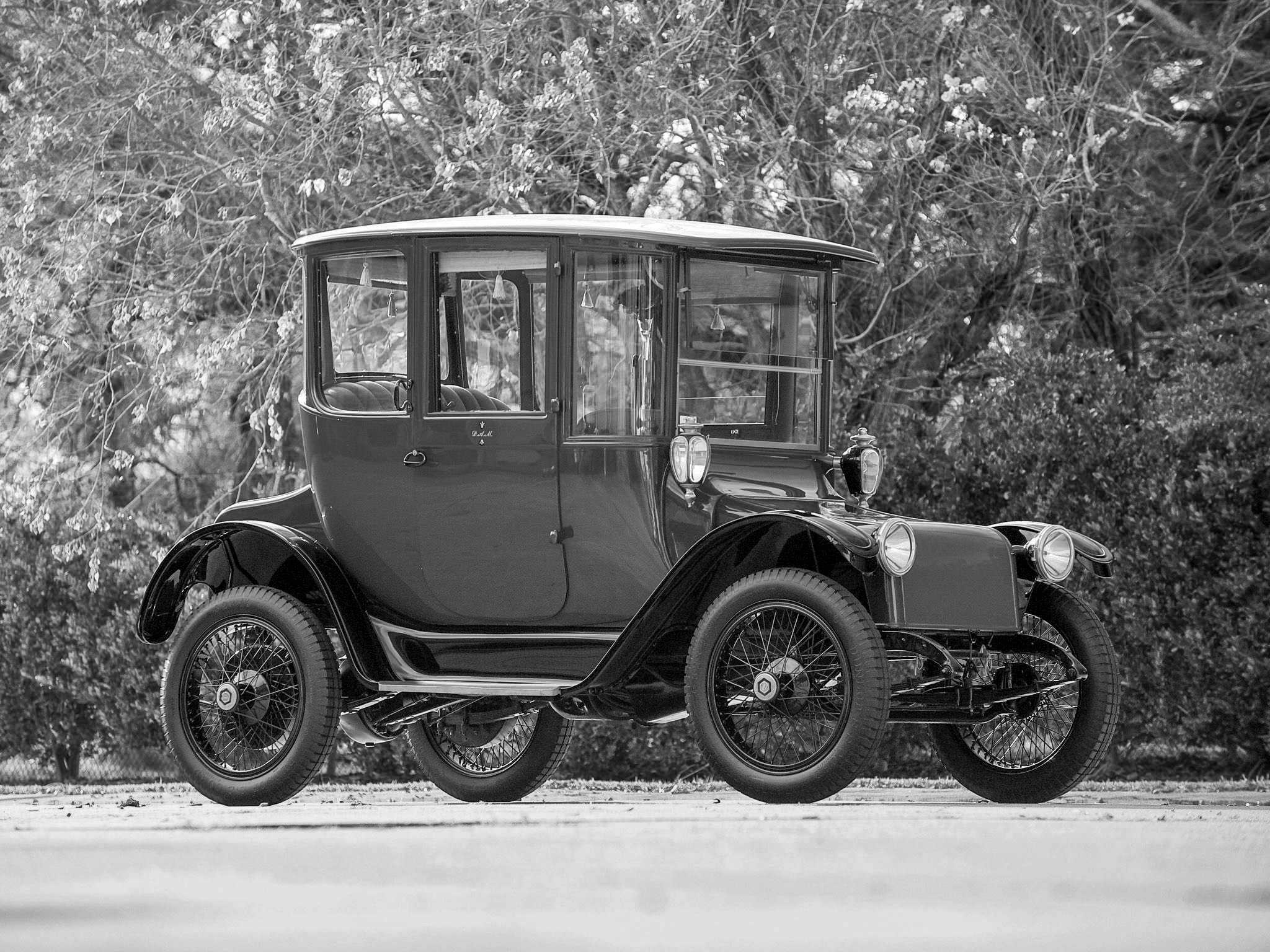Electric vs Steam vs Gasoline
37% of all cars on the road are EVs, 90% of New York Taxi cabs are electric and gasoline vehicles make up only 22% of new vehicles sold this year. This sounds like an amazing statistic, and potentially plausible with the rising success of Rivian, Tesla, and mainstream manufacturers offering new models of electric cars, but they’re actually statistics from 122 years ago. Even with their current popularity, EVs only make up 1% of the cars on the road in America as of 2022. That 37% is from the last time electric and gasoline cars went up against each other, and ICE (Internal Combustion Engine) appeared to be losing.
In a 1900 census of the automotive industry, there were 3 main types of propulsion, Electric, Steam, and ICE. Market share was divided 40% to steam power, 37% to Electric, and only 22% to the internal combustion engine. Gasoline-powered cars were considered slow, smelly, and generally unrefined for use in the city. Sounds familiar right? So, what changed to give the ICE engine a 122-year and counting reign of supremacy?
To start it’s best to consider transportation requirements at the time. There were no highways, very little road infrastructure and most long-distance travel was done by train. It wasn’t until 1903 that the first coast-to-coast drive was from San Francisco to New York and it took a whopping 63 days to complete. Cars were primarily in-town tools for shorter trips. Of course, just like today if you were going to travel a far distance by car, gasoline was still the tool of choice but at the time it was an uncommon practice.
If we then look at the refinement of gasoline cars at the time, they were hard to start, often using cranks, constantly needing repairs, hopelessly complicated to operate, and were likely unmuffled with of course no emissions equipment to stop the smell of gasoline. Instead of one in twenty cars you might encounter being modified or straight piped today, the ratio was almost reversed to one in twenty being quiet! imagine 200 lawnmowers being pushed up and down the street!
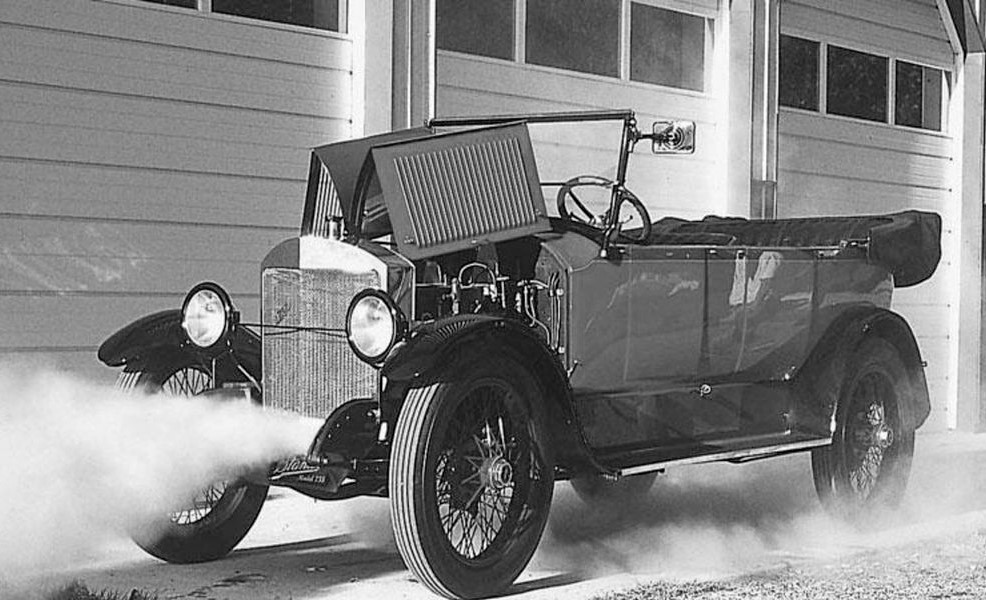
We’ll touch on steam cars reasonably quickly, at the turn of the century trains all ran on steam so the idea that your vehicle might also run on steam also made sense. Their speed was generally greater than gasoline and electric cars and vehicles like the Stanley Steamer were selling well. Their limitations were long warm-up times before you could start moving, sometimes upwards of 30 minutes, and were often problematic with high purchase costs. Steam engines were too finicky for the masses and the evolution of the ICE engine quickly overtook the limitations of steam leaving it to be an ICE – EV race in the years following.
So now that we’ve set the stage for driving in the early 1900s, you can see how there would have been uncertainty, all of the strengths an EV has today were the same back then, and in fact, the lack of road network complemented the EV for the masses. A few key factors were going to change to make the internal combustion engine the powerhouse it is today!
It’s hard to speak of development in the early 20th century without bringing up Henry Ford and his Model T, the practices and developments he brought in truly did shape the automotive and working landscape. The cost of early motor vehicles was often quite high, and just like today, the cost of adding a battery was considerable. Ford’s vision was to expand that market to the masses so he designed engineering and manufacturing processes that allowed him to produce the Model T in large numbers for a lower cost. So when 1912 rolled around you could have a Ford Model T for $650 (Around 19,900$ today) due to his innovation in manufacturing, whereas the average electric car was selling for $1750 ($53,000 Today). Even if the electric car had been mass-produced, something that Ford was actually working on for a few years, the advancements in ICE technology quickly started to overtake battery technology.
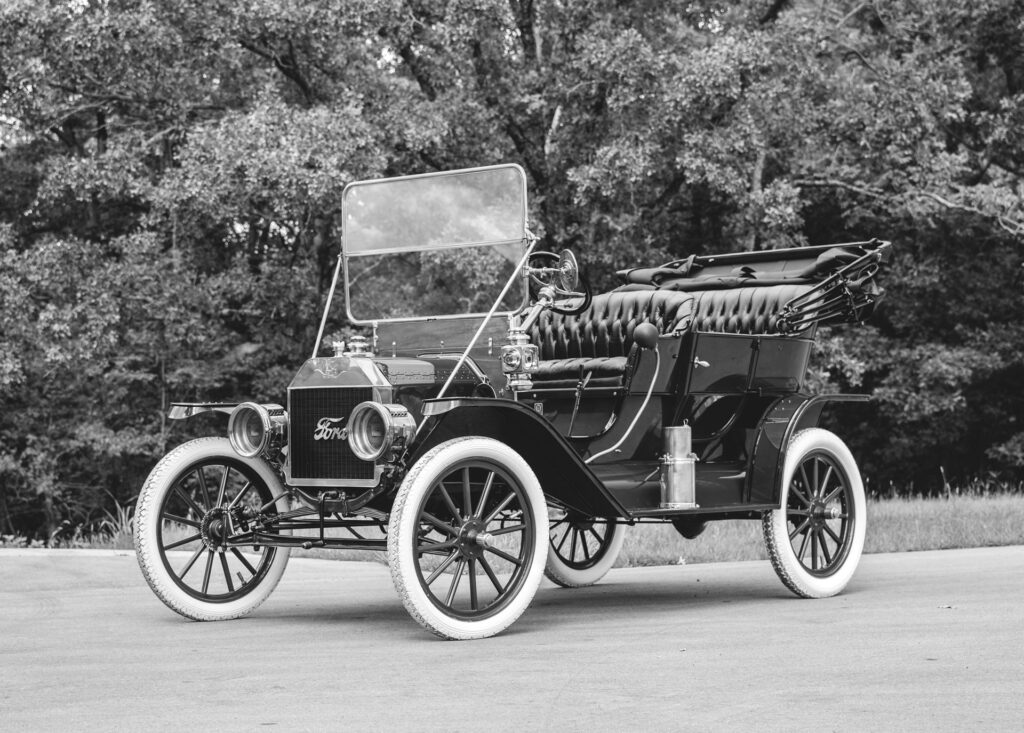
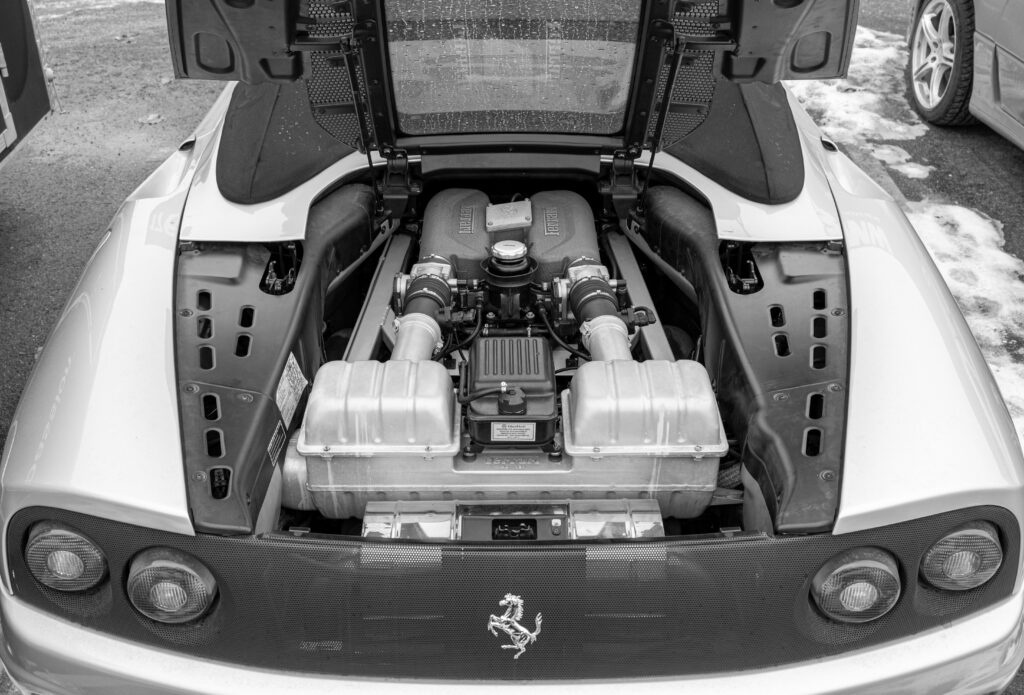
As technology improved on the gasoline vehicle you saw advancements like the electric starter motor, greater reliability, a quieter running engine and fewer required service intervals. Adding that to the cheaper purchase price, the quick addition of range by filling the tank, and a growing road network that allowed individual travel, the expectation for cars to drive longer distances started to take the pros away from the electric car. Cars were driving more North American families farther distances citing the popularity of the ICE-powered car. Without any large leaps in battery technology, internal combustion would stay unchallenged until very recently.
This doesn’t include the lack of easily accessible electricity in rural areas and the poor marketing strategies of electric cars which were “Designed For Women” whereas the gas cars were pitched as “For The Men”. Times were changing away from electric.
Now that 122 years have gone by since that original statistic, the hard-cut lines between electric and ICE are starting to blur. ICE engines have become far quieter, faster, more efficient and emissions reduction has done wonders to their smells, but on the other hand electric vehicles are often quicker than similarly priced ICE counterparts. Their pricing is starting to get more competitive as the market makes more of them, their ranges start at 160km going up to 840km with fast charging stations getting added every day. Battery technology of recent has started to make the electric car a far more comparable option.

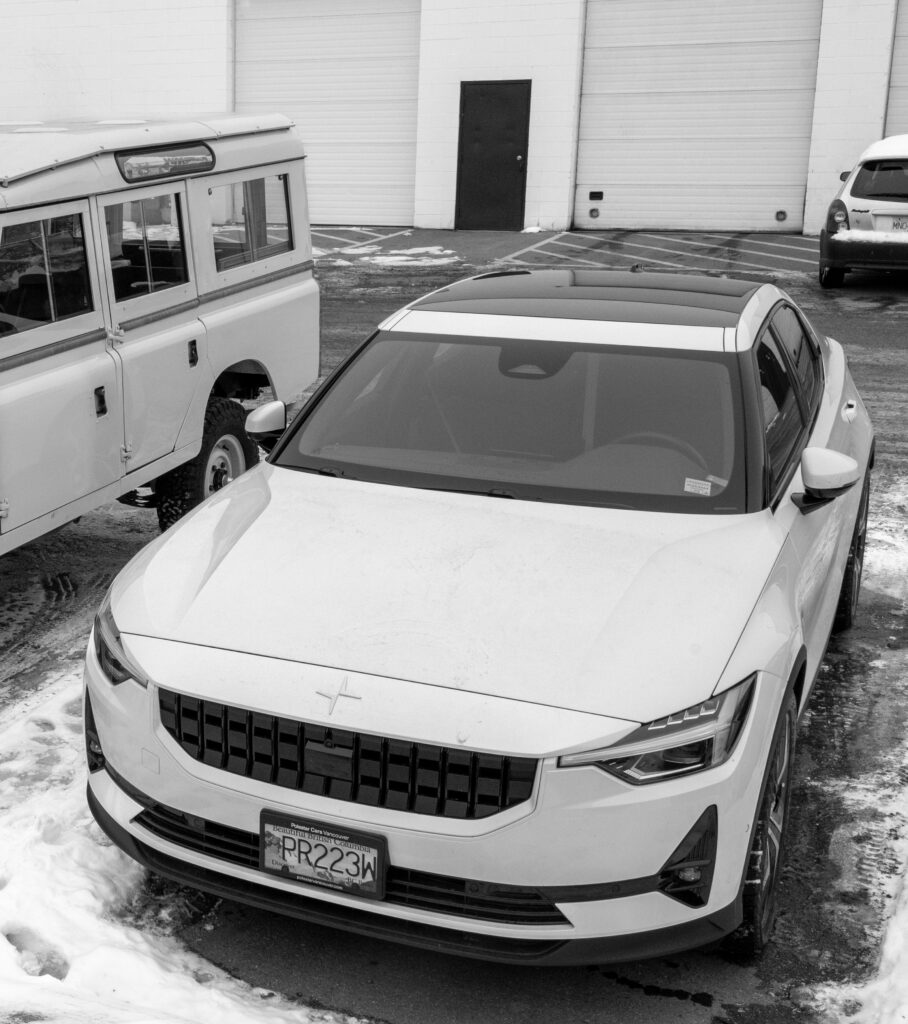
We aren’t here to say which one is better than the other, collectively we love the raw driving sensation of a GT3 or even the sensation of rolling into boost, but the instant torque of an electric motor along with the ease of never having to go to a gas station makes both options appealing. Alternatives bring innovation, so we see it as moving the automobile forward with options for the consumer. Maybe seeing 37% of cars electric again doesn’t mean the death of ICE, rather it will lead to better ICE vehicles. Whichever is right for you they’ve always got a spot on our hoist. Reach out to the team at Motor Werke to see what service we can provide for you.
Written by Devlin Bonner

